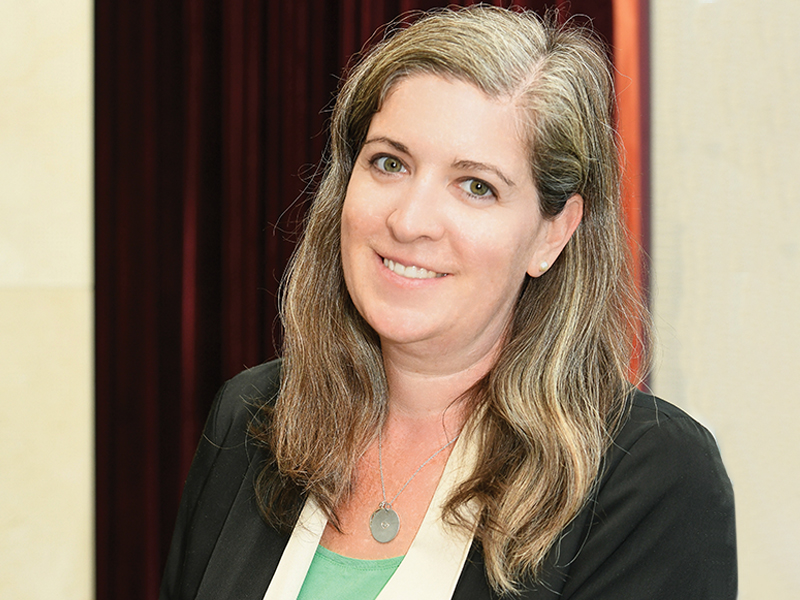
I’m sitting down to write this on the hottest day so far in 2023. Environment Canada has issued a multi-day heat warning in my region — today, it’s 31 degrees Celsius but feels closer to 40, the humidity is 70 per cent, pressure is 101.3 kilopascal and the UV index is seven.
This is the data I can access to describe the day, but all kinds of different data are becoming more and more accessible. Employers, for example, have a range of data available to help them explore the needs and wants of their employees — from claims trends to pulse surveys to savings plan contribution rates, every statistic and figure is a clue.
Last year, software company Xero Canada used the results of an employee survey to make enhancements to its benefits offering. After it found health benefits ranked as one of employees’ most important aspects of total rewards, it increased its paramedical coverage, boosted its dental care maximum and added critical illness insurance.
“A lot of the changes we make primarily come from the insights of our people,” says Lauren McDougall, Xero Canada’s people experience advisor, in the Consultants Report.
The data is also key in this month’s Pension Feature, the annual exclusive summary of Benefits Canada’s CAP Member Survey. The 2023 results illustrate a picture of an evolving economic landscape — high inflation, interest rates and, subsequently, cost of living — that’s impacting capital accumulation plan members’ shifting financial priorities.
The survey found just 41 per cent of respondents rated their current financial situation as excellent or very good, down from 47 per cent in both 2022 and 2021. In terms of the top financial priorities, 72 per cent of respondents ranked paying day-to-day expenses compared to just 45 per cent that ranked retirement savings.
This data isn’t a surprise. If an individual is struggling to pay for groceries, putting away money for a day that’s decades in the future is definitely going to drop down the list of priorities. For younger generations, that’s OK, said one expert who discussed the results at the 2023 Benefits & Pension Summit in June.
Read: 2023 CAP Member Survey: How CAPs are evolving to address changing financial priorities
“We have a good plan, but many of them don’t understand it and don’t understand that they have to play an active role if they want to have a good retirement,” said Nathalie Henderson, Air Canada’s senior director of pensions. “And honestly, I don’t blame them because it’s scary to hear about a pension plan when you’re 25 years old.”
The airline’s average employee age is 37, so it’s harnessing that piece of data for a new way to educate employees about their pension plans. It will add shorter videos to the program to grab plan members’ attention, featuring topics such as the importance of contributing the maximum amount to the plan, the impact of economic factors on pensions and the importance of preparing for retirement early in a career.
Speaking of younger generations, this month’s Benefits Update looks at a workplace trend that’s undisputedly being driven by that cohort. For one employer, it also stemmed from conversations with employees to find out what’s important to them.
In 2022, Talk Shop Media introduced a ‘pawrental’ leave policy, which allows staff paid time off around the adoption of a new pet. Employees who have worked at the company for at least one year are eligible for three consecutive days of paid pawrental leave per calendar year, while an additional two consecutive days of unpaid pawrental leave can be provided at the discretion of supervisors.
Read: How benefits for pet owners are evolving through paid leave, wellness accounts
“Taking a look at our employee base, we’ve noticed that, over the years, families have started to take different shapes and forms,” says Katie Stevens, the media company’s managing partner. “Some of our employees aren’t necessarily going the traditional family route, but they have other priorities that often include adopting a pet.”
Again, it comes back to changing priorities, which are central to many conversations in the human resources, benefits and pension industries. Whether these priorities are related to an employee’s age group or their financial situation (or both), employers have a variety of ways to dig into this data and decipher how they can best support their workforces.
Jennifer Paterson is the editor of Benefits Canada and the Canadian Investment Review.
